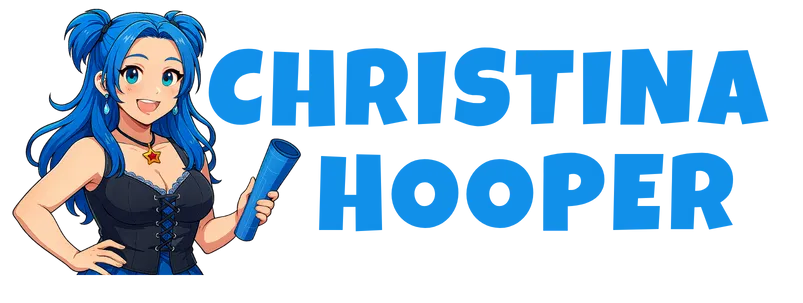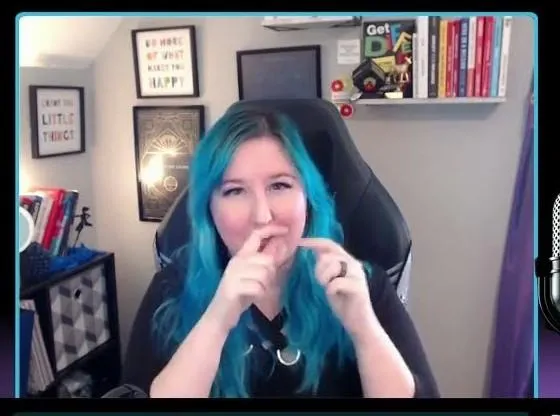My Story
Hi, I'm Christina "Blue" Hooper!
I'm terrible at small talk, but great at solving complex problems.
Most business consultants will tell you their success story and fill their about page with their successes. I'm going to tell you about my messy middle — because that's where the real learning happened.
The Early Years — When "Normal" Was Anything But
Most people see a successful business consultant and assume I had some privileged start or natural advantages.
The reality? I survived a childhood that looked normal from the outside but was chaos behind closed doors. Alcohol, fighting, abuse, and parents who couldn't take care of themselves, let alone two kids.
From a young age, I was trying to protect my younger sister and taking the brunt of their anger. By 16, I was so overwhelmed I attempted suicide and nearly succeeded. On my 17th birthday, they told me I had to move out — despite being a good kid with good grades who'd never been in trouble.
I called the guy I'd been casually dating. He said I could move in with him. My belongings were in trash bags on the front lawn when we got there. I grabbed what I could.
I was 17, working late shifts at Outback, trying to finish high school, and figuring out how to adult with zero preparation. I dropped out and decided college was my way forward.
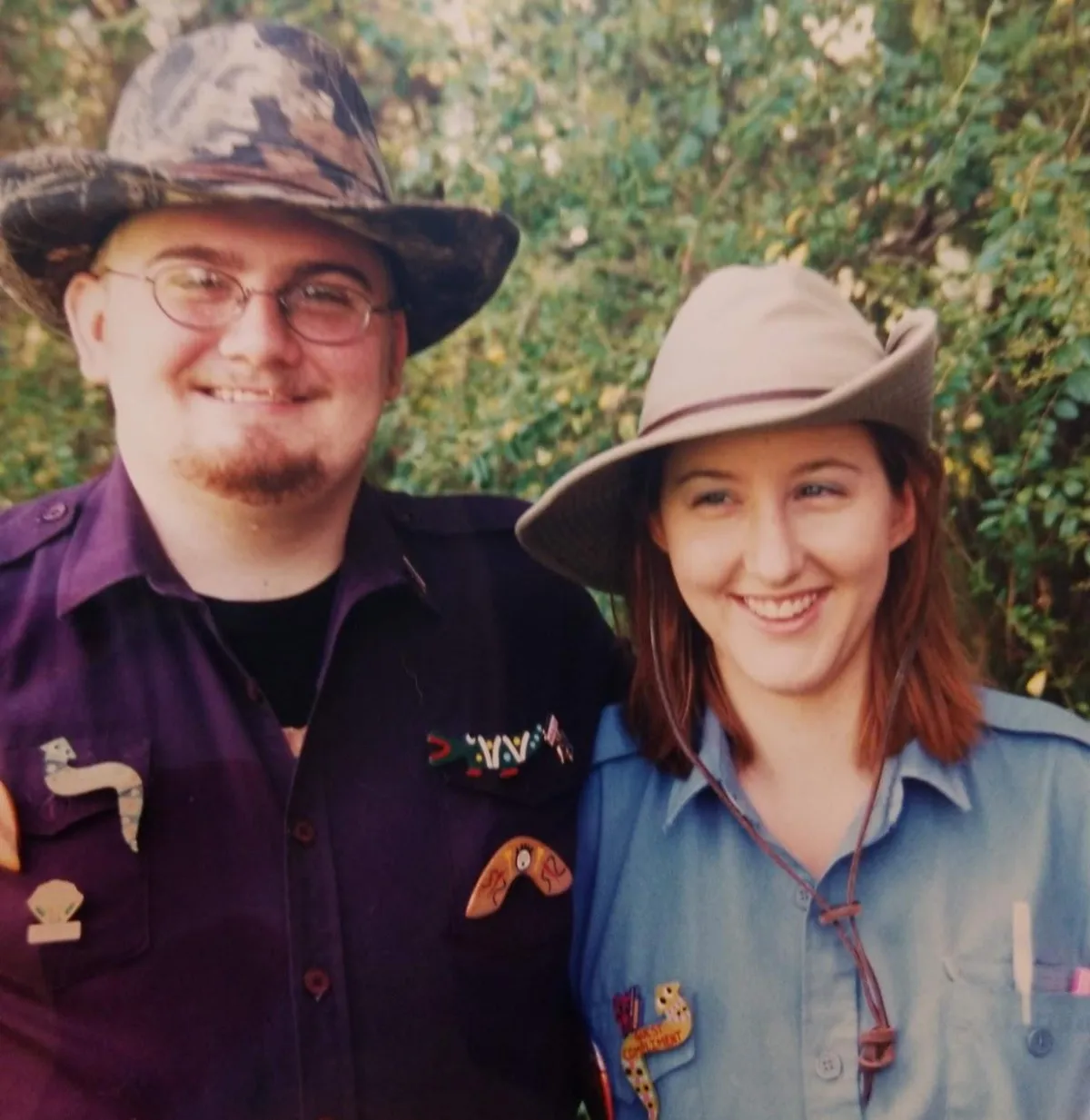
Meanwhile, I learned that a GED didn't make you eligible for most financial aid, so I finished high school through the mail while raising my first kid. Started college, worked two jobs while in school, had my second kid right after I started, had two surgeries while juggling everything, and somehow graduated with honors in just over 2 years.
Married at 18, first kid at 19, second at 21. The guy that saved me... turns out we were friends who shouldn't have gotten married. But, we had a very amicable divorce when the kids were little and even continued living together for years for the kids' sake.
No idea how I managed it, honestly. But I learned early that when traditional paths don't work, you figure out what does.
The Corporate Years — How a "Perfect" Job Almost Broke Me
I had what looked like the perfect corporate job — mechanical drafter turned programmer turned software engineer. Good salary, great benefits, and an understanding manager who let me take time off for my kids when I needed.
But, that "perfect" job was slowly killing me.
My blood pressure was through the roof, and I developed spinal fluid pressure so severe it gave me crazy vertigo — I literally couldn't walk or drive. I was constantly stressed and burned out because corporate life assumed everyone's brain worked the same way.

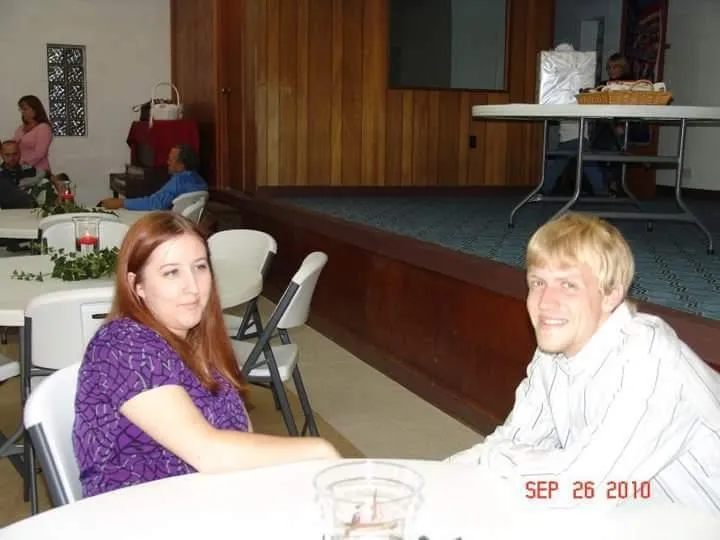
That's when I met David Hooper, who became my rock through all of this.
He helped with the kids, gave me emotional and physical support, and saw me through the worst of my health struggles. When I was too dizzy to function, he was there. When I was drowning in corporate stress, he kept me grounded.
The final straw? Getting pulled into meetings about which "old dogs weren't learning new tricks" as we transitioned to 3D modeling. I watched management systematically plan to push out loyal employees just to bring in younger workers.
I wasn't about to dedicate my life to a company that saw people as disposable.
When I decided to leave corporate and go entrepreneurial, David came with me.
We ran the business together from 2006 until the end of 2019. But David was always happier working outside with his hands, so when I decided to shut down our physical office and go remote, he went back to take over his old boss's tree business. He's made it incredibly successful since then and even opened a landscaping business.
We just celebrated 15 years together in 2025 and look forward to sooooo many more years together with big plans and bigger dreams.
Plot twist: I had no idea I was neurodivergent at this point. I just knew something felt fundamentally wrong about how I was "supposed" to work and I couldn't keep doing it.
Moments That Shaped My Vision of Entrepreneurship...
My Grandfather: The Real MVP

My grandfather ran the corner grocery store in our town... a place so small we didn't even have our own post office. He also owned rental properties. They weren't fancy, but affordable homes with a landlord who cared about his tenants.
Looking back, Grandpa was probably autistic too.
He didn't really do small talk, but people respected the hell out of him. I didn't realize how much until his funeral, when person after person shared stories about all the quiet ways he helped them.
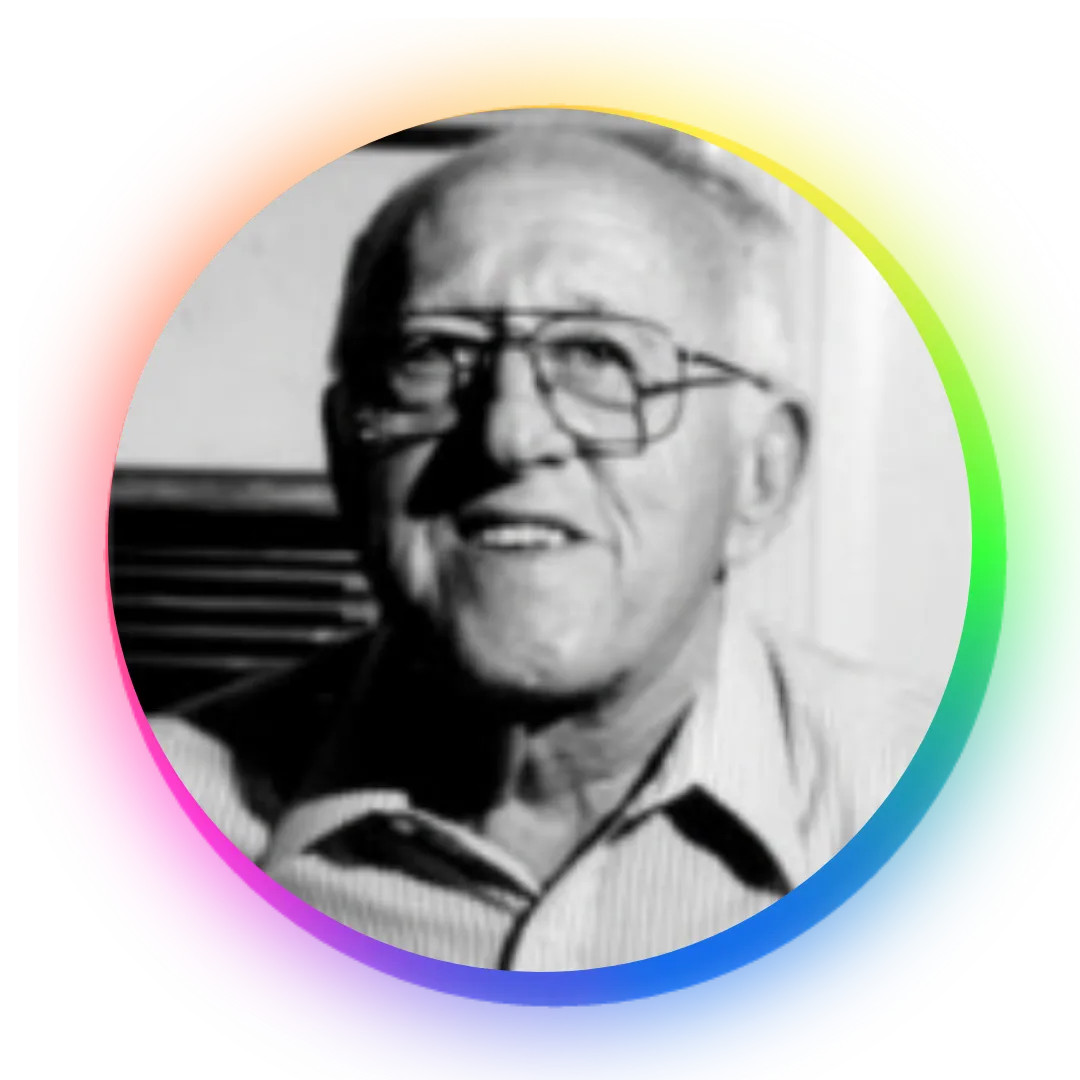
His legacy created generational wealth that rippled through his 3 kids, 7 grandkids (including me), and even the great-grandkids. The wealth he spent his life building paid for part of the house my family lives in now, even years after his death.
That's when it clicked: I wanted to build something that mattered and would last beyond my lifetime. Corporate wasn't going to give me that.
A Side Hustle Changed Everything

In 2006, while still working full-time and raising two young kids, I took on a single e-store project. I wasn't trying to build an empire — I just wanted to break free from corporate constraints and start building something meaningful.
That one project accidentally changed everything.
I had been doing some random graphic design projects for a single mom of 4 kids that was building a photo book business. She called me one day in tears because she'd spend nearly $50k over 4 years on the people that were building her online store and it STILL didn't work.
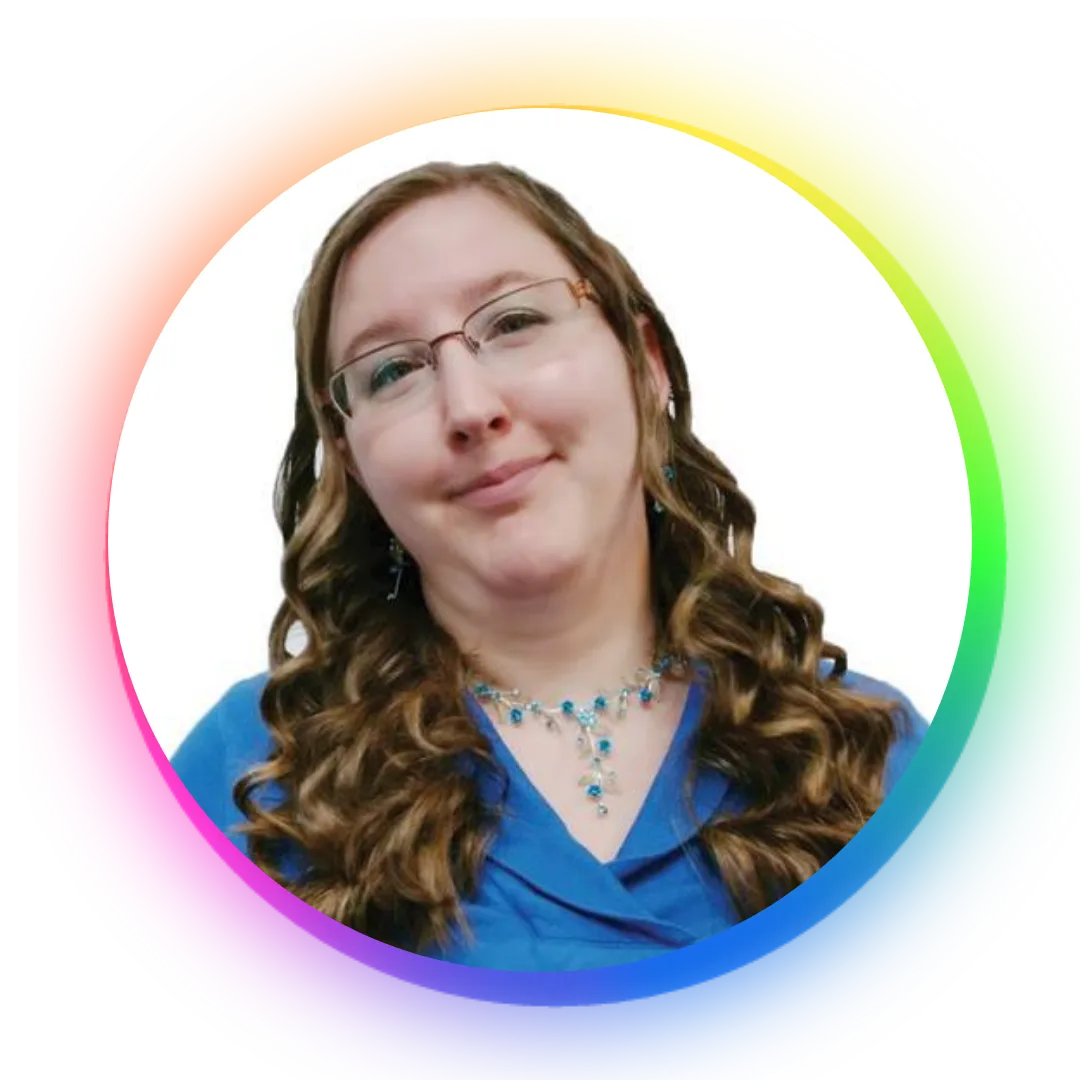
I'd never built an online store before, but I had taught myself how to program software, so why not? I told her to give me $500 and 1 month to build it.
I pulled it off! She was beyond grateful and I was inspired.
Suddenly, I was working with entrepreneurs who thought differently, moved differently, and built businesses that reflected their actual values instead of corporate expectations. I was doing something that MATTERED for the first time. These were my people, even though I didn't understand why yet.


The Learning-by-Breaking-Things Years
(Professional Mistake-Making)
The next 18 years turned business building into an extreme sport. I roller-coastered from $40K months down to $1K months, scaled from solo to 12-person teams then back to solo again.
I reinvested everything trying to bootstrap my way to success, then took out SBA loans I'll literally be paying for 30 years with nothing to show for it.
I made every predictable mistake you can imagine — followed "proven" strategies that failed spectacularly because they weren't designed for brains like mine.
I invested in systems that assumed everyone was neurotypical, burned out repeatedly trying to force myself into business models that drained every ounce of my energy, and was exhausted beyond belief.
Here's what really frustrated me: All of this was completely predictable. I kept seeing the same patterns in every backstory an entrepreneur shared, the same potholes over and over.
Smart people had given me advice that helped me avoid some disasters, but there was no comprehensive resource helping people navigate these totally avoidable challenges.
Like, why is it considered normal to "fail forward" or work 80-hour weeks when someone could literally just point people in the right direction?
The breakthrough moment: Every time I designed something that actually worked for my brain, it worked for other different-thinking entrepreneurs too.
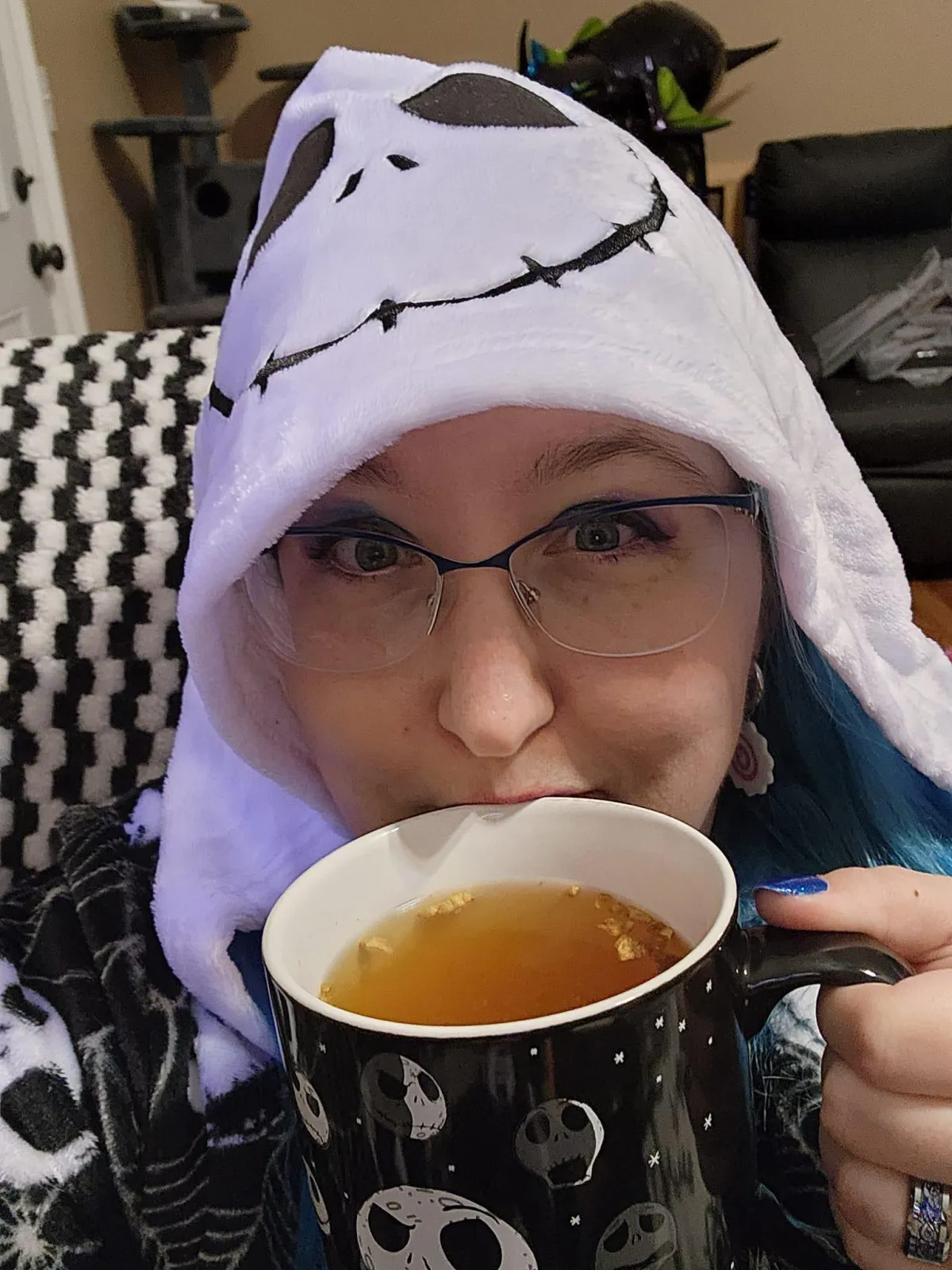
The "Business Designer" Discovery
For years, I thought I was doing marketing and web design. People kept referring clients to me because I was "great at messaging," and I even became a StoryBrand Certified Guide for a while (among 50+ other certifications).
But I started noticing something: I wasn't just writing better copy because I had a talent for copywriting. It was better because I was spending hours talking to entrepreneurs about what they do, why they do it, and what their clients actually get out of it. Often, I'd end up redesigning parts of their business that felt "off" simply because I needed the info for their service pages on their website.
For example, one coach wanted to sell more group coaching, but I was getting vibes as I talked to him. Turns out, he hated group coaching — didn't think it gave clients good results, and stressed him out trying to manage multiple people on calls. He only did it because people couldn't afford his 1:1 rates and his schedule was maxed out. (Another story I hear over and over again.)
But who wants to work with a coach who isn't enjoying what they do? What kind of results would clients get? It didn't make sense for him, so he shouldn't do it.
Then came the lightbulb moment:
I was on a consulting call led by Kasim Aslam. He watched me redesign someone's entire business model in just 5 minutes — without meaning to! Another entrepreneur just wanted a name for her online challenge and was looking for advice and away my brain went, doing what it loves to do.
I put the clip of his reaction so you can watch right here! To this day, he probably doesn't realize how much that changed me.
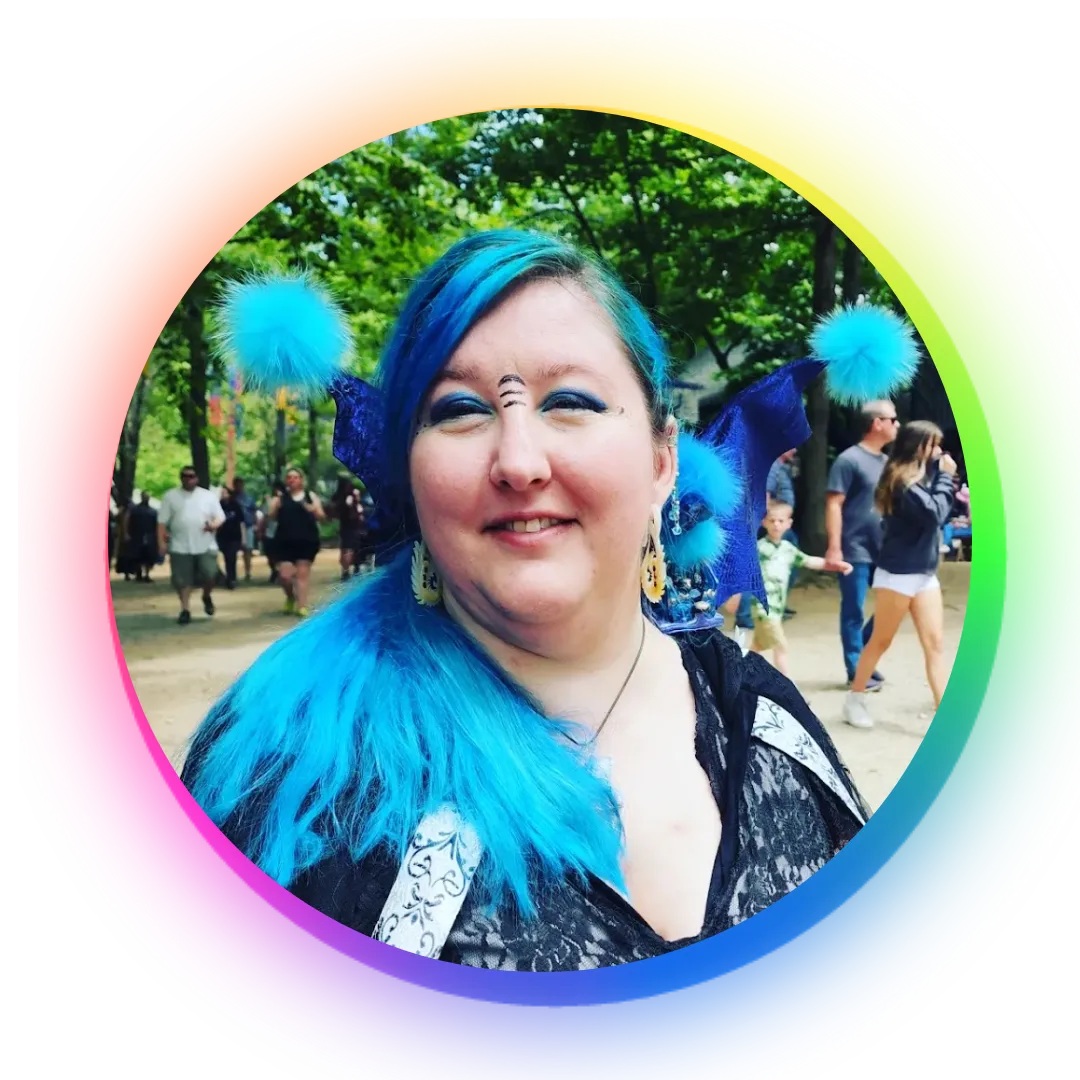
The Diagnosis That Changed Everything (Twice)
For most of my adult life, I had no idea I was neurodivergent. I finally self-diagnosed in my late 30s after going down research rabbit holes and taking sooooo many online assessments.
Formal diagnosis felt like an uphill battle with little upside as a self-employed entrepreneur who could already self-accommodate, so I didn't pursue it.
Plot twist #2: Recently, I discovered my parents had hidden my childhood diagnosis from me. Turns out I was officially diagnosed around age 10, but they didn't want me to "feel disabled" or be put on medication.
UGH! But at least now I could confidently say I'm an AuDHDer without feeling like I might be lying if my self-diagnosis was wrong. (BTW experts tend to agree that self-diagnosis is usually accurate for most of us.)
That late-in-life discovery finally made everything click:
Why I asked so many questions (I wasn't being difficult - I was processing systematically)
Why I needed to understand the "why" before the "what" (systematic thinking is my superpower)
Why traditional networking felt impossible (masking is exhausting)
Why I could solve business problems others missed (pattern recognition + systematic analysis)
Most importantly:
I realized I wasn't broken. I was just using strategies designed for someone else's brain.
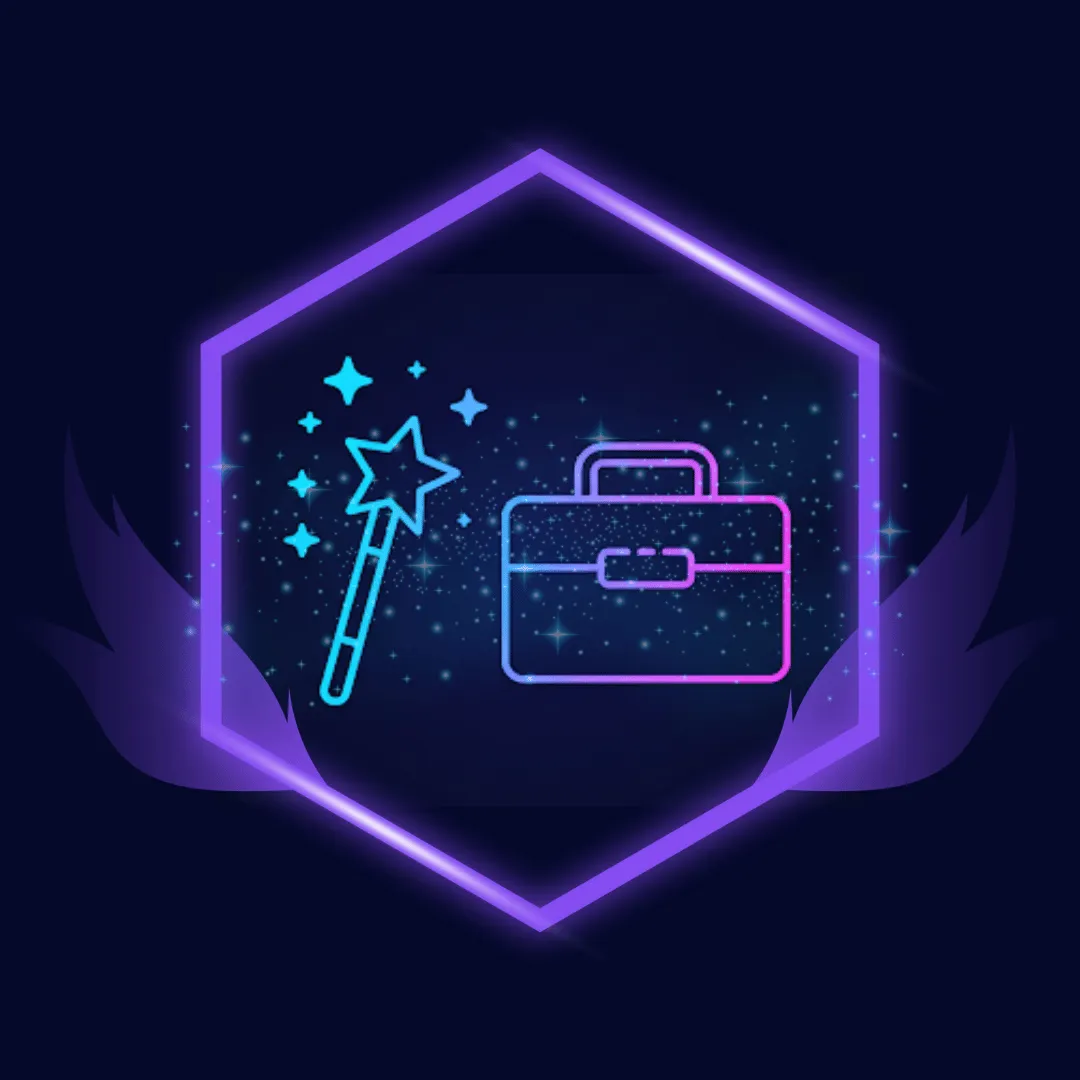
My Mission (and My Soapbox)
Here's what I'm passionate about (okay, maybe obsessed with)...
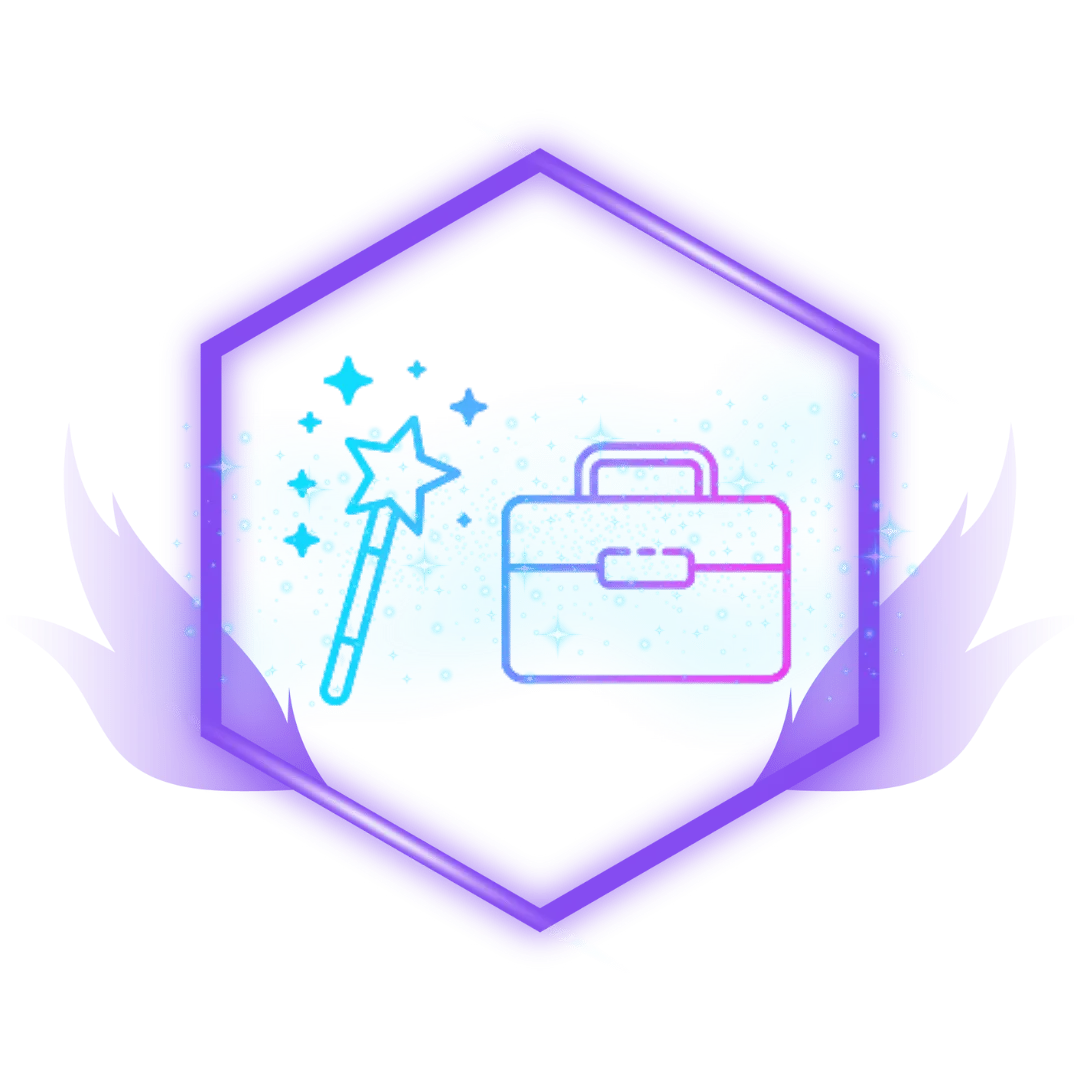
Business Advice that Actually Works
I'm tired of seeing brilliant entrepreneurs fail because they're using strategies designed for neurotypical brains. You don't always need to fix your brain, you need business strategies designed FOR your ALL of your brain — your superpowers + your challenges.
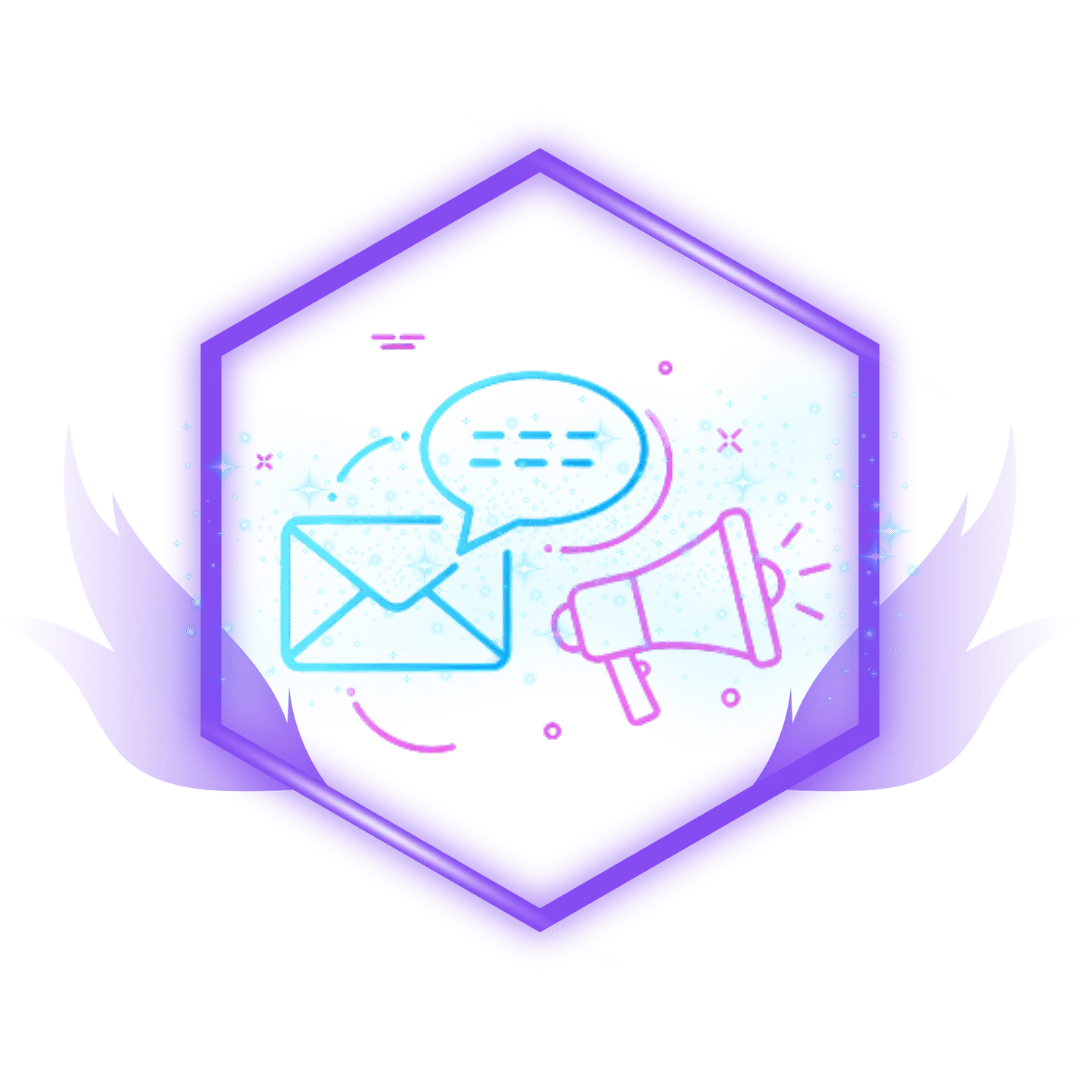
Questions Aren't Resistance
If you've ever been called "difficult to coach" because you ask clarifying questions or want to understand the reasoning behind recommendations — you're not difficult. You're learning how your brain actually processes information. Good consultants know the difference.
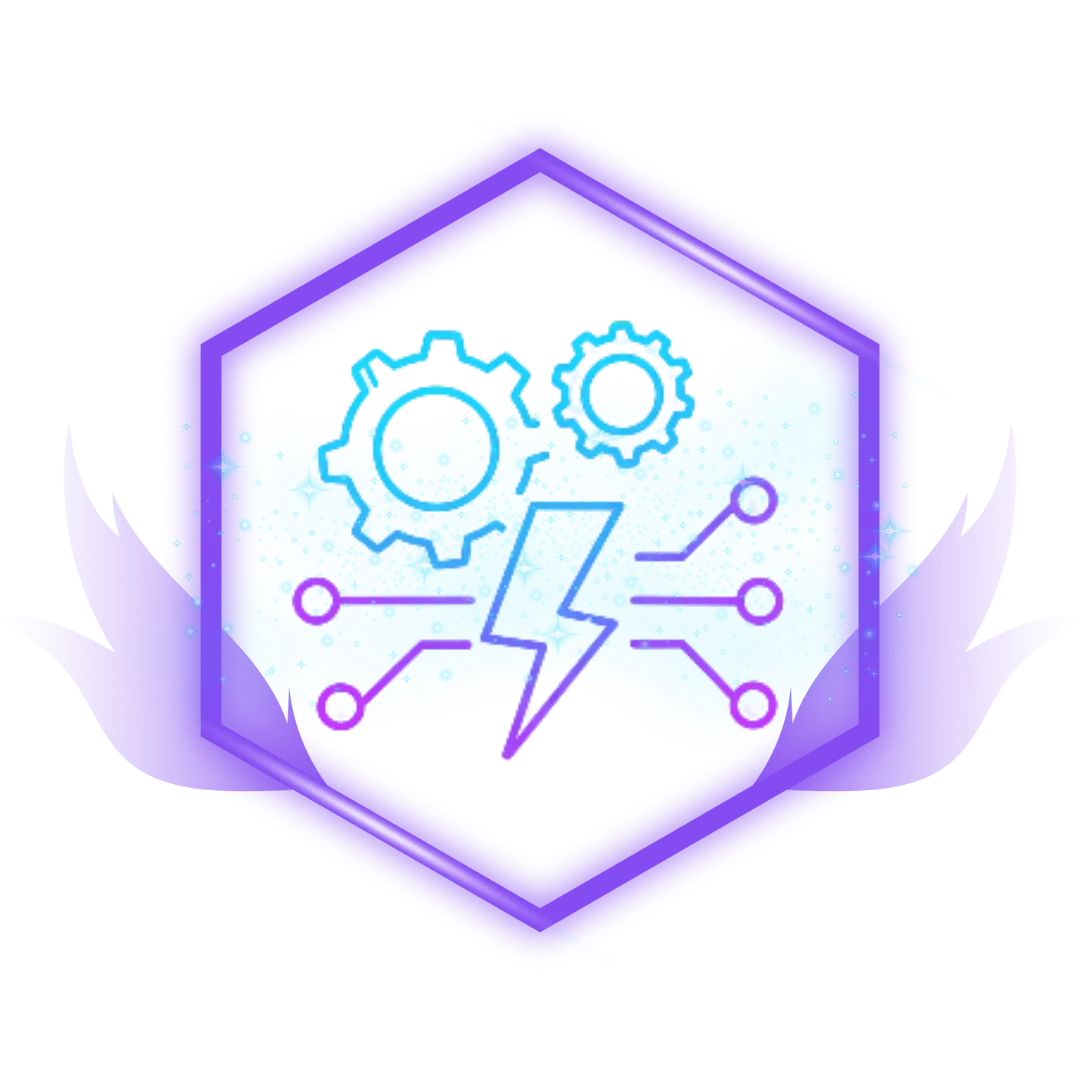
Anti-Hustle, Pro-Systems
The business world is obsessed with hustle culture and "pushing through." That's unsustainable for everyone, but especially exhausting for neurodivergent minds. I believe in building systems that work when you're energized AND when you're depleted so you can keep moving forward.
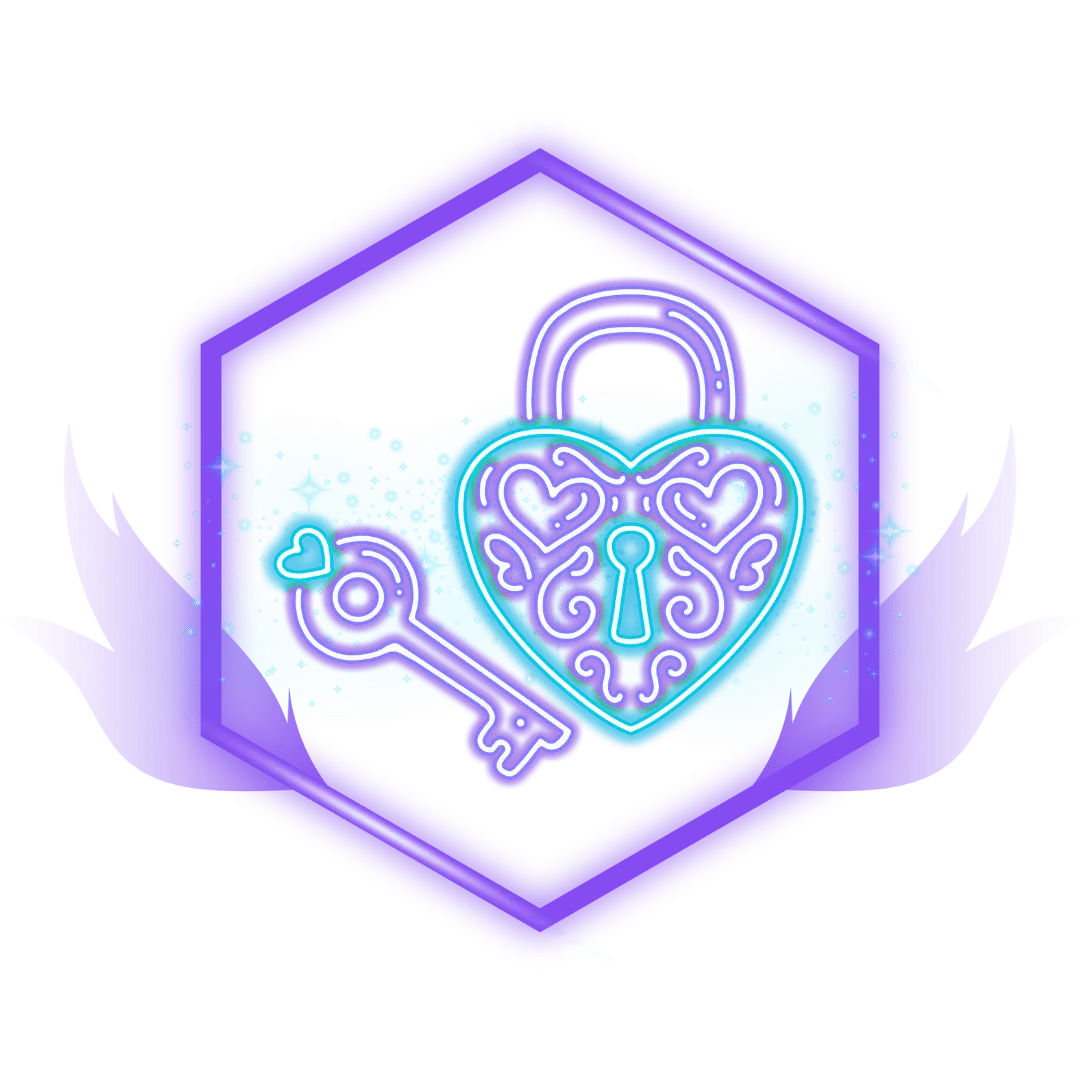
Authenticity Over Masking
Your differences aren't obstacles to overcome - they're competitive advantages to leverage. The goal isn't to make you more neurotypical; it's to design a business that thrives BECAUSE of how you think and to attract people who enjoy what you bring to the table instead of critizing your eye contact skills.
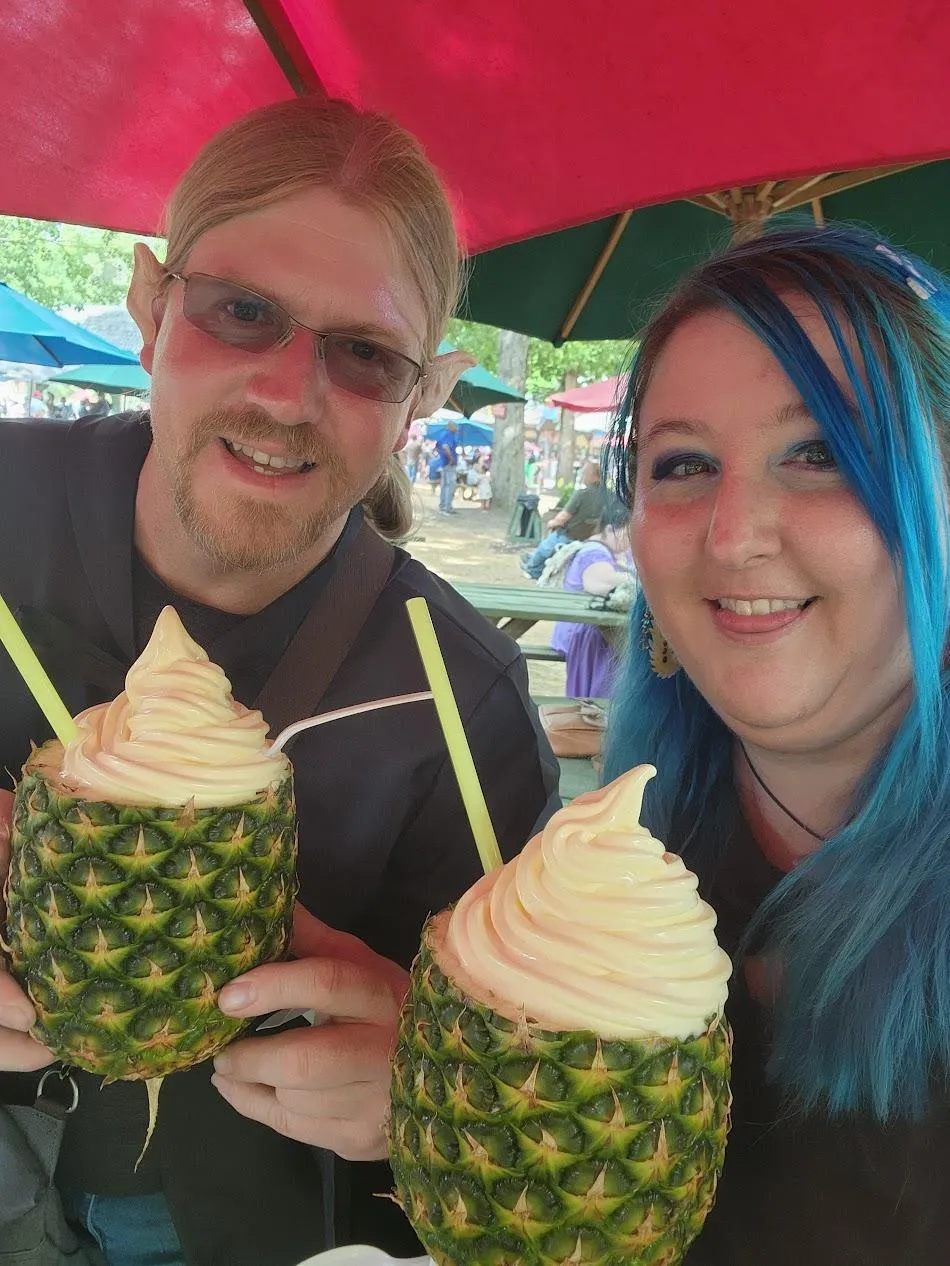
What I Do Now

Today, I help neurodivergent entrepreneurs design businesses using my systematic BLUEprint framework. Instead of collecting random tactics, we create cohesive business models that work WITH your brain, not against it.
My clients often tell me I'm like "business Google" - if they have a question, I usually have an answer and can back it up with sources. That's not magic; it's just what happens when you combine:
18+ years of entrepreneurial experience
Systematic thinking and pattern recognition
Deep understanding of how different brains work
Genuine obsession with business models (it's actually a special interest)
I also run:
The Neuro-Spicy Academy: Ongoing support and community for neurodivergent entrepreneurs
FableForge Suite: All-in-one software platform designed for entrepreneurs who want systems that just work
My Approach

I'm not like other business consultants. I don't just cheer you on while you figure it out yourself — I give you real answers.
Here's what working with me looks like:
Diagnostic first: I figure out what's actually broken, what you really want, and what you honestly need before suggesting solutions
Systems thinking: Everything connects to your bigger business model, superpowers, challenges, and goals
Anti-cookie-cutter: Custom solutions based on your unique brain, goals, and circumstances
Fun!: Most of us lose our joy when we get older. I want to help you find it again and enjoy what you're doing.
And here's what it doesn't look like:
Motivational cheerleading without practical strategies
One-size-fits-all blueprints that ignore your differences
Judgment about how "messy" your current situation is
Pressure to implement tactics that feel gross or inauthentic
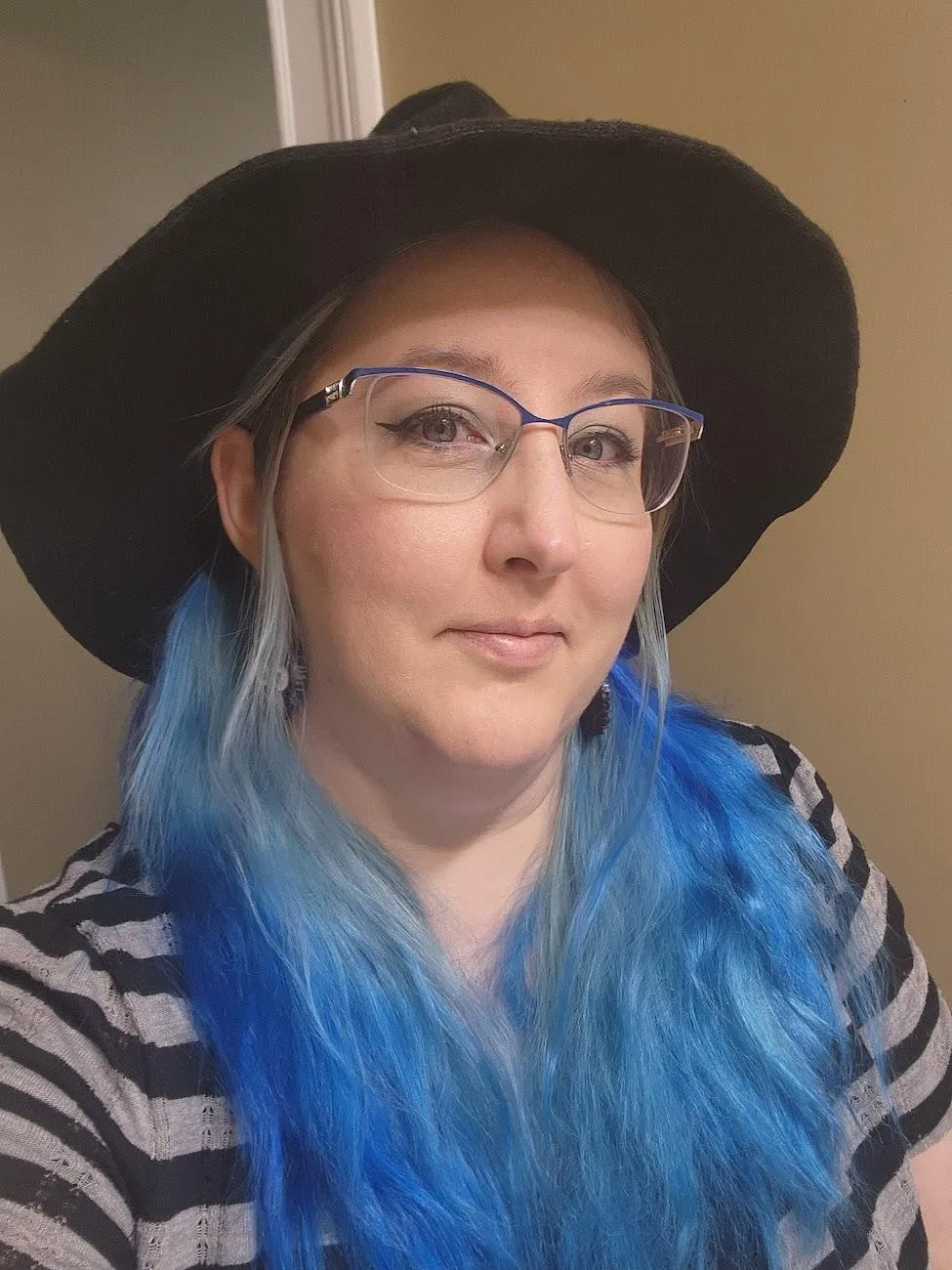
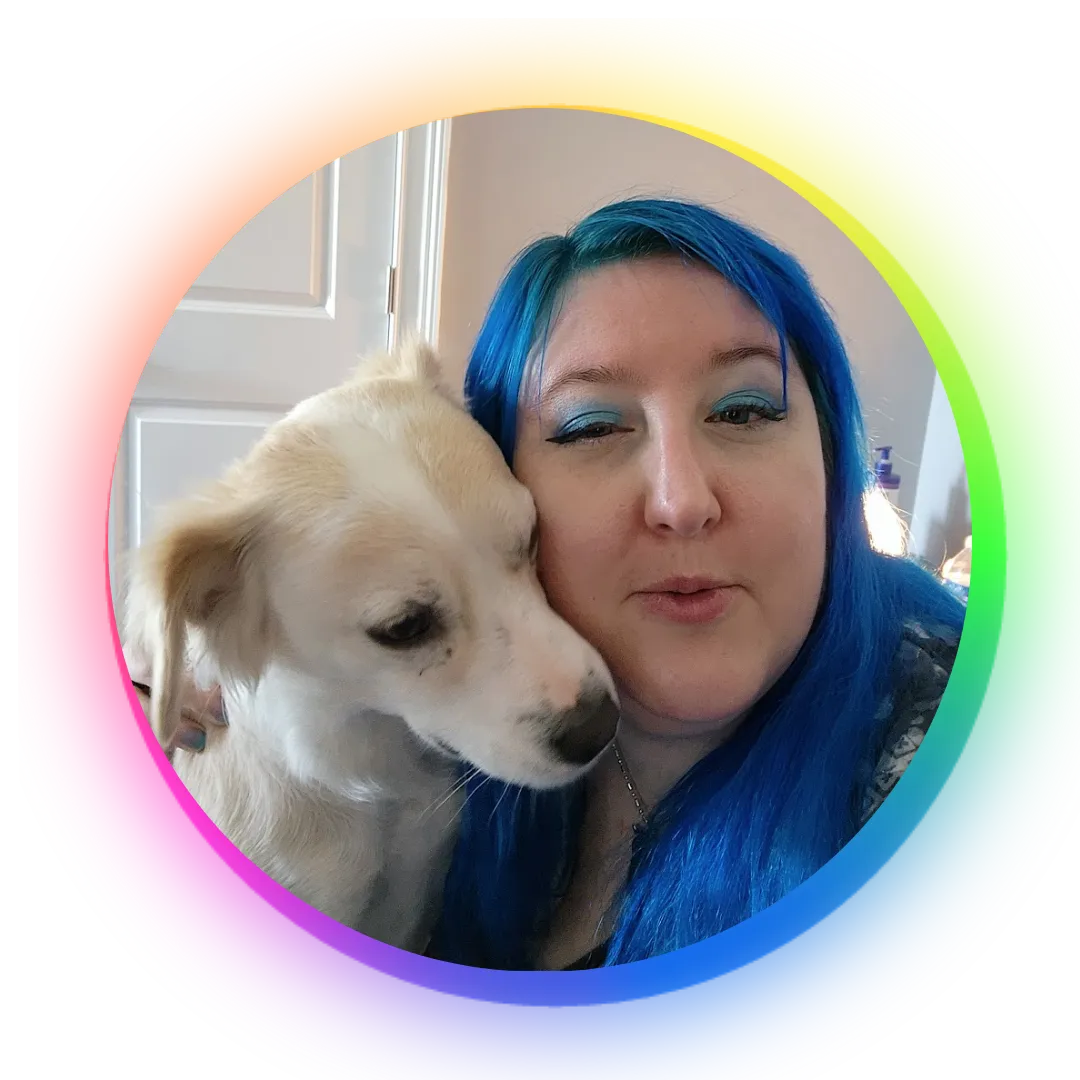
A Few Things You Should Know About Me...
I'm autistic and have ADHD (diagnosed as an adult, like many entrepreneurs)
My hair is actually blue (hence the nickname)
I'm obsessed with anime, RPGs, and fantasy metaphors in business and throughout my life
I think questions are how smart people learn, not resistance to overcome
I believe business success should include fulfillment, not just financial metrics
I'm terrible at small talk but excellent at solving complex business problems
I think most networking advice is designed for people that are good at small talk and we need better alternatives
Ready to Design a Business Your Brain Actually Wants to Run?
If you're tired of forcing yourself into business strategies that drain your energy, let's talk.
I offer free 30-minute Curiosity Calls where we can explore whether my approach might work for your situation.
Book Your Free Curiosity Call → No sales pressure, just clarity about your next best step.
Or if you want to get a feel for my approach first, check out my blog where I share tactical strategies for building businesses that work with neurodivergent brains.
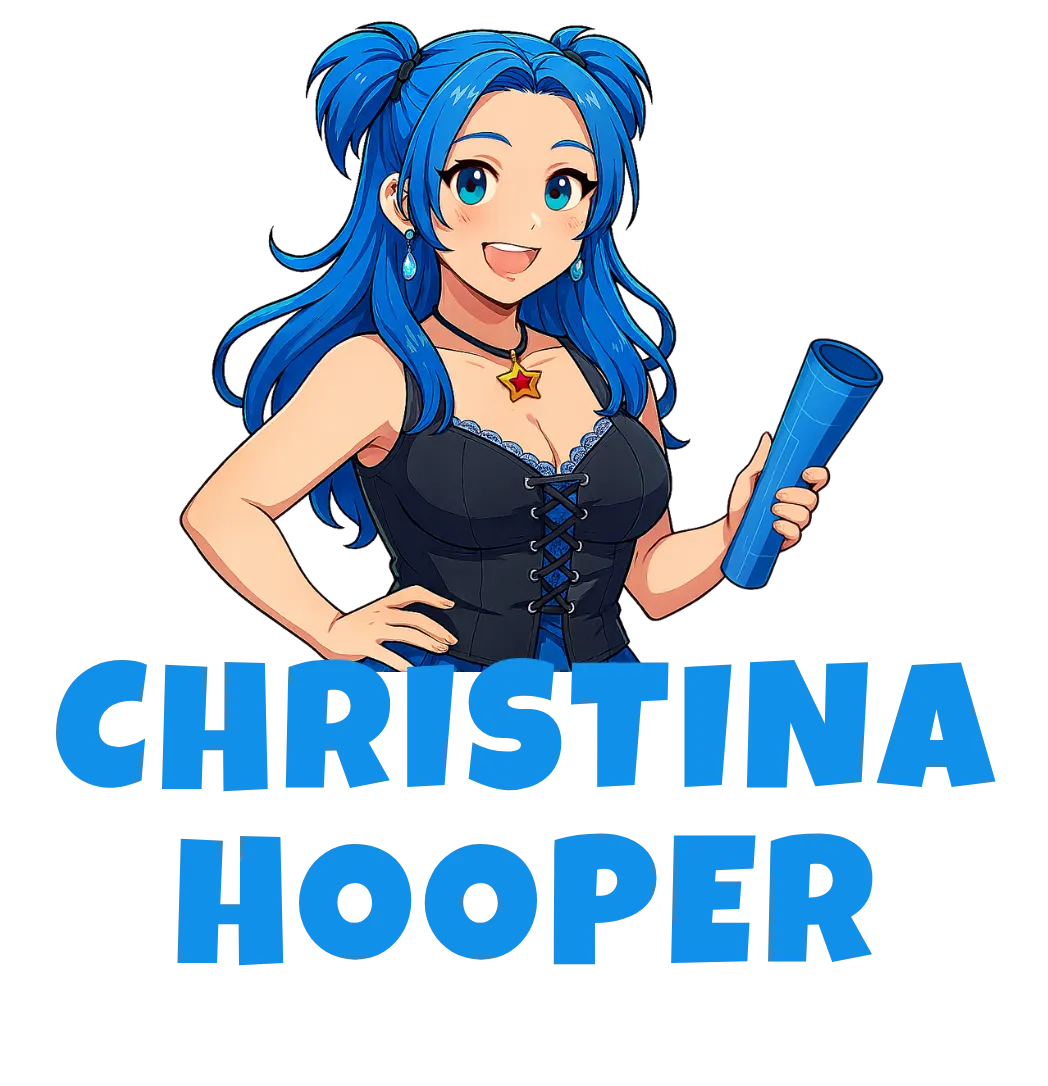

This is a safe space. We support people being awesome people, no matter their race, creed, gender, sex, country, religion, or choice in TV shows. The only people that aren't welcome here are the people that don't agree with that.
2025 Christina Hooper, Business Design Consultant, dba Sparkitive, LLC - All Rights Reserved
4685 Happy Valley Rd, Unit #349, Flintstone, GA 30725
